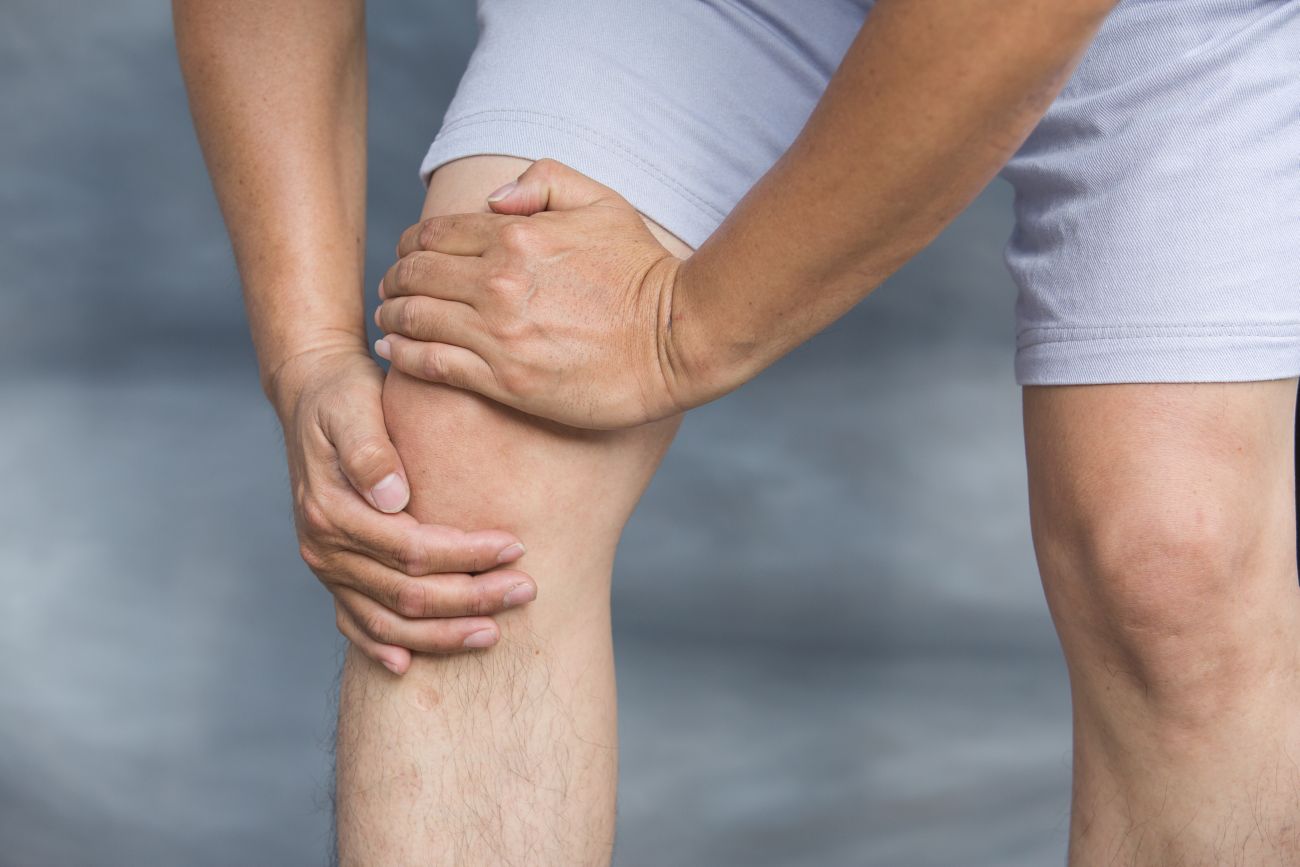






Twitching in the knee, also known as knee spasms, is a common condition that can affect individuals of all ages. It is characterized by involuntary muscle contractions in the knee joint, which can range from mild to severe. While knee spasms can be benign, they may also indicate an underlying health condition that requires medical attention.

Causes of Knee Twitching:
The knee joint is made up of several muscles, tendons, and ligaments that work together to facilitate movement. Knee spasms can occur when these structures are overused or fatigued, leading to muscle fatigue and irritation.
Some common causes of knee twitching include:
1. Muscle Fatigue: Engaging in physical activities such as running, walking, or exercising for extended periods can cause muscle fatigue and twitching.
2. Dehydration: Dehydration can cause muscle cramps and spasms in various parts of the body, including the knee joint.
3. Vitamin Deficiency: Deficiencies in vitamins such as B12, calcium, and magnesium can cause muscle spasms and twitching in the knee joint.
4. Nerve Damage: Injuries to the knee joint or damage to the nerves that control the knee muscles can cause knee spasms.
5. Medications: Some medications such as diuretics, steroids, and antipsychotics can cause muscle spasms in various parts of the body, including the knee joint.
Symptoms of Knee Twitching:
The symptoms of knee twitching can vary depending on the severity and underlying cause.
Common symptoms include:
1. Involuntary muscle contractions in the knee joint
2. Pain or discomfort in the knee joint
3. Swelling or inflammation around the knee joint
4. Stiffness or difficulty moving the knee joint
5. Tenderness or sensitivity to touch around the knee joint
Treatment for Knee Twitching:
Treatment for knee twitching will depend on the underlying cause of the condition. In some cases, knee spasms may go away on their own without treatment. However, if the symptoms persist or worsen, medical attention may be necessary.
Some common treatments for knee twitching include:
1. Rest and Ice: Resting the affected knee and applying ice can help reduce inflammation and alleviate symptoms.
2. Medications: Over-the-counter pain relievers such as ibuprofen or acetaminophen may help alleviate pain and discomfort.
3. Stretching and Exercise: Stretching and strengthening exercises can help alleviate knee spasms caused by muscle fatigue or weakness.
4. Hydration and Nutrition: Drinking plenty of water and eating a healthy diet can help prevent muscle cramps and spasms caused by dehydration or vitamin deficiencies.
5. Medical Intervention: In some cases, medical intervention may be necessary. This may include physical therapy, surgery, or medications prescribed by a healthcare provider.
Conclusion:
Knee twitching can be an uncomfortable and sometimes painful condition that can affect individuals of all ages. While knee spasms can be benign, they may also indicate an underlying health condition that requires medical attention.
Understanding the causes, symptoms, and treatment options for knee twitching can help individuals alleviate symptoms and prevent future occurrences. If you are experiencing knee twitching or any other symptoms, it is important to speak with a healthcare provider to determine the underlying cause and appropriate treatment.
 Login with Facebook
Login with Facebook
